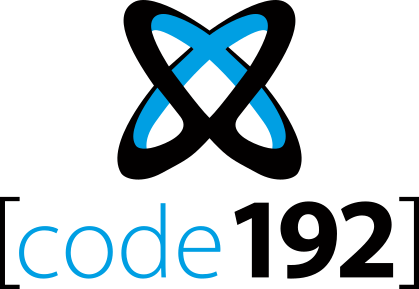Multi-Data Source filtering
You can bind Parameters to any Listener Widget independently of its Data Source and independently of the corresponding field name.
Thus, you will avoid duplication and have a consistent filtering.
To achieve this, the Master Widget must be able to send the required values to the Parameter.
Example scenario 1
For example if DataSource1 has fewer values than DataSource2 (maybe a narrower date range, maybe not all equipments appear in this equipment list), then using the field from DataSource1 in the Master Widget will render you unable to send those missing values to the Parameter.
To solve this, you can use the field from DataSource2 which contains the most values (the widest date range, or the complete equipment list).
Note however that in this case you will try to filter Widgets from DataSource1 which may not contain the values and will return empty results.
Example scenario 2
If DataSource1 has some values that are not in DataSource2, and the other way around, then you cannot list all possible values in a Filter Widget by binding a field from one of your existing Data Source directly.
To solve this, you can create an additional Data Source dedicated to contain all the filter values you need to use. It could be a Custom Query with an UNION of both data sets, or it could come from one of your reference tables listing all equipments for example.
Note, once again, that when you will filter for values that exist only in one of the Data Sources, the Widgets bound to the other Data Source will return empty results.



Post your comment on this topic.